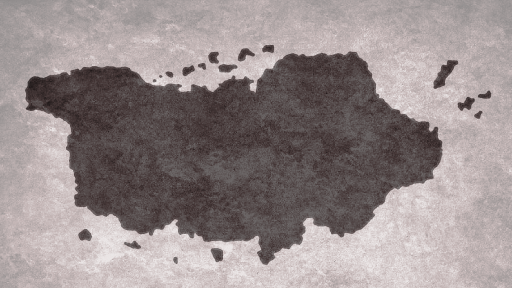Overview
When the
Kolikoly go fishing, they mean business. The game takes place over a series of rounds in a 2-dimensional grid. Each round, the players all choose their actions at the same time (they may discuss if they want to) and the actions are all resolved together. The game ends when all of the fish have been caught.
Actions
Each round, the players must take one of the following four actions.
Catch - Attempt to catch some fish in their current square
Track - Check how many fish a nearby square has
Move - Move into an adjacent square
Herd - Move the fish in a certain direction
Once every player has picked an action, they are all resolved at once. If there are any conflicts between actions (eg, two players both try to catch one fish), each player in conflict rolls initiative. Resolve the actions from high to low.
After the actions are all resolved, the fish get to move. If a fish moves due to an attack action, a failed move action or a failed herd action, the players do not know which direction they move in.
Catch
You can use the catch action when there are fish in your square and you want to catch them. To make a catch, roll an attack with your net against an AC of 10. If you hit, roll damage. The damage represents how many fish you catch in your net. Any fish left in the square will move to an adjacent square at the end of the round.
Each fish icon on the board represents a swarm. The number of fish remaining in the swarm is represented by its health bar. Not all swarms start with the same number of fish (1d7 + 3). An attack represents catching all fish in the square, not a specific square. If your attack's damage is more than the remaining fish in a specific swarm, the extra damage is applied to the next swarm. However, you cannot catch more fish than exist. If your damage is more than the total number of fish left in the square, you only catch the number of fish in the square.
Track
You may attempt to find where nearby fish are using your survival knowledge. Choose an adjacent square and make a Survival check.
1-7, you can't tell if there are any fish in that square
8-16, you know exactly how many fish there are in that square
17+, you track the fish so quickly that you are able to move to that square and attack them this turn!
If the square you are tracking into has not been explored yet and you rolled an 8+, follow the rules for exploring a square. If something bad would have happened, you avoid its effects.
Move
You can move into any adjacent square (including diagonals). However, you have to do so stealthily so that the fish don't swim away scared. Make a stealth check.
1-4, you make so much noise that any fish that were in this square will swim away at the end of the round
5-16, you are able to move into the square with no problem
17+, you are so fast that you are able to make an attack if there are any fish in that square.
If the square you move into has not been explored yet, follow the rules for exploring a square.
Herd
You may attempt to herd the fish into an adjacent square. Make an animal handling check to determine how well you are able to herd the fish.
1-5, the fish scatter away and will move into the other adjacent squares at the end of the round
6-10, the fish avoid your attempts to herd them and stay put
11+, the fish will move in the direction of your choosing at the end of the round. You also move into that square.
Exploring a Square
The first time a player enters a square, roll a d10 for how many fish started in that square.
1 or below, something bad happens
2, there are no fish
3-5, there is 1 fish swarm
6-8, there are 2 fish swarms
9-10, there are 3 fish swarms
The deeper you go, the less fish there are and the more dangerous it becomes. Subtract 1 from the roll for each level below the top level of the board.


Comments